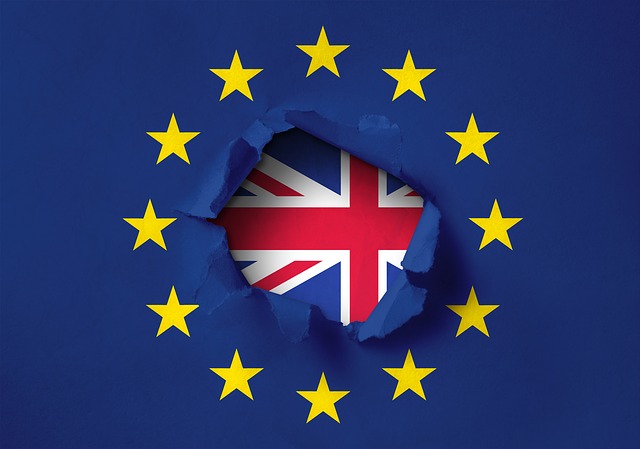We’re all a bit tired of hearing about the train wreck called Brexit. But there’s one part of Brexit worth looking at again. A branding exercise we can all learn from…
The TV dramatisation ‘Brexit: an uncivil war’ depicted Dominic Cumming’s role in the Brexit referendum. It provided insight into how the underdog campaign won, leaving not just the ‘IN’ campaign stunned but much of the nation too.
The Brexit brand strategy
Dominic Cummings understood how to connect with people on an emotional level. He also understood how conditions in the country motivated people, many of whom felt disaffected.
Both sides went for trust. But Cummings rejected the formulaic approach, instead learning about his audience and building messages for them.
He identified control as a major motivating trust factor for people.
Cummings then fed that into things people really cared about, whether it was likes or dislikes. For example, two elements he identified was peoples’ like of the NHS, and their dislike of what they perceived to be uncontrolled immigration.
The ‘IN’ campaign had a dry, safe message supported by traditional advertising, such as posters and flyers. The same old stuff. Cummings humanised the ‘LEAVE’ campaign message and used technology to get it out to the right people.

Benedict Cumberbatch as Dominic Cummings in Brexit: The Uncivil War. Photograph: Nick Wall / Channel 4
The marketplace
A brand strategy involves looking at the marketplace. In this case the marketplace was the world around us…
The West has failed to get to grips with the technological revolution. Our jobs, our high streets and the way we live our lives is rapidly changing. For example, we can work from home, shop online, socialise online and never leave our home or have a face-to-face human interaction.
The landscape has changed but many of our systems haven’t adapted. The press, essential for holding our democracy to account, has failed to find a business model to keep up with the technological revolution. Instead we have the re-appearance of heresy and rumour, thanks to social media.
Our post war institutions were designed to make the world a safer place but no longer seem fit for purpose because so much has changed. Trust has eroded across the board.
The strategy
Cummings understood people no longer knew their place in an uncertain, turbulent world. He saw that these changes were not being responded to by our institutions and systems, and that peoples’ disaffection was growing and yet being ignored.
The human connection
He understood that offering a return to simpler, more certain times would prove to be a very attractive emotional connection. This is why the Leave campaign slogan of ‘Take Back Control’ was so powerful, compared to the sedate ‘Safer In’, which sounds far less appealing in comparison.
He played on that lack of trust and gave them something to hold on to.

Target audience
In true brand strategy style, Cummings understood his target audience. He realised there was no point trying to persuade people who had already made up their minds on both sides. Instead he targeted the middle ground as being open to persuasion. Getting to them was another issue though…
Channels
The social media campaign gave ‘LEAVE’ insight into how people were thinking and also how to target them. They had unprecedented access to voters and the data relating to them. It meant they could tweak their campaign and messaging to adapt to behaviour.
The Obama campaign was the first to use a social media strategy, but the ‘LEAVE’ campaign also owed their tactics to the Trump campaign, some of which appear to have been unsavoury (remember Cambridge Analytica ‘discovering’ 3 million extra voters to target?)
The lesson
The future of an entire nation was decided thanks to a smart brand strategy and use of technology.
Which channels can you use to reach your target audience? And before you get sucked into analysing data, remember it means little without a solid plan which understands the people you want to target and what motivates them.
Connect with them on a human level.

